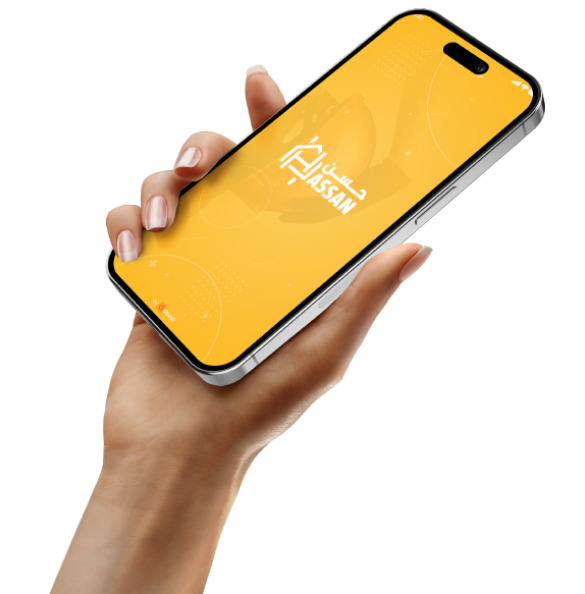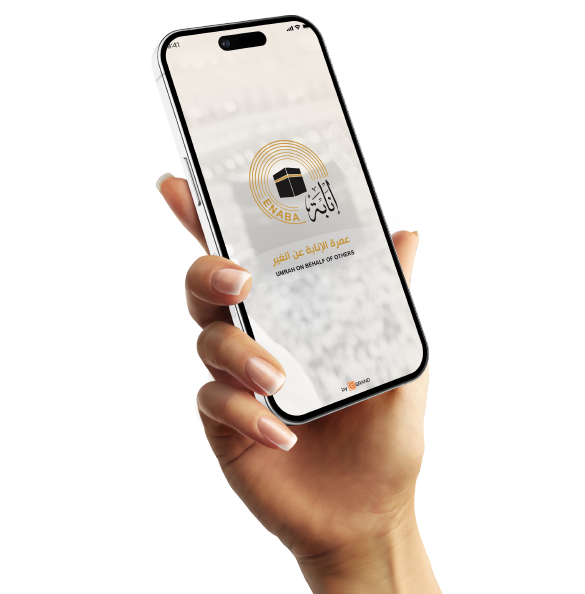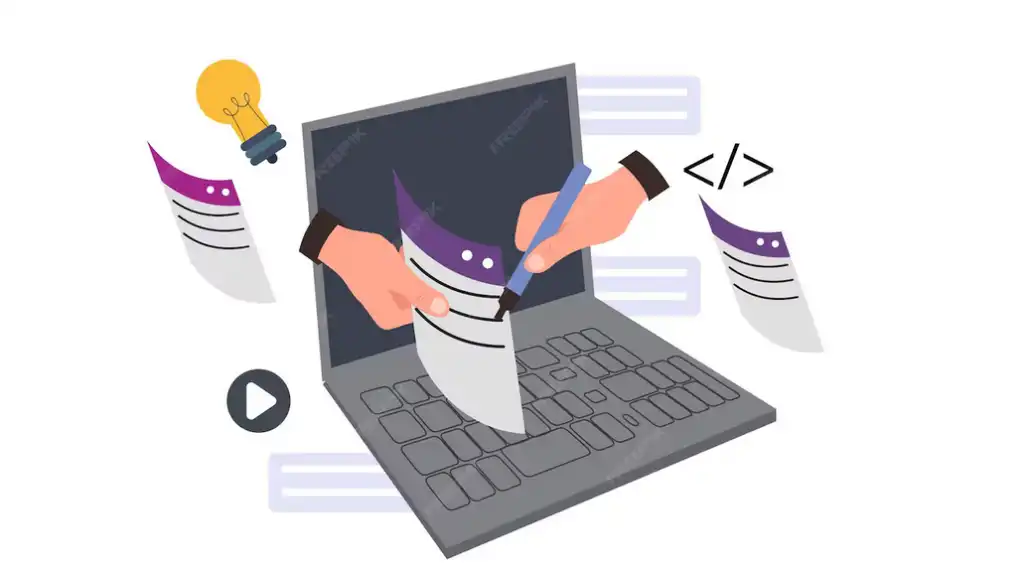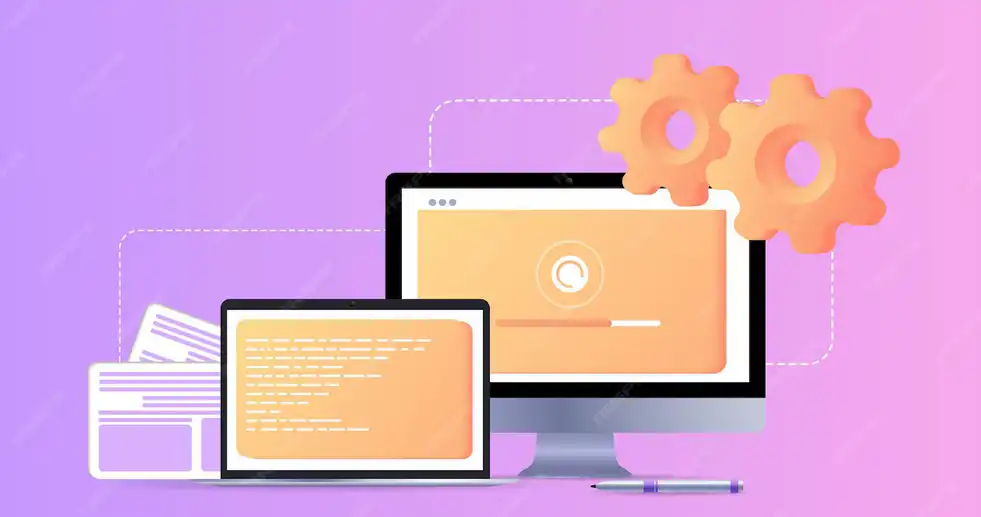build multi-platform applications professionally

1. Choose the right tools from the beginning
The first step to building an application that works on more than one platform is to choose the tools that make your work easier. There are platforms such as Flutter and React Native that provide development environments that allow you to write one code that works on different systems, such as "Android" and "iOS". These tools give you advanced and fast interfaces, and let you achieve performance very close to applications written in languages specific to each system. With the right tools, you can save yourself effort and time, and focus on improving the quality of the application instead of rewriting the codes for each system. Choosing the right tool is like building a strong foundation that helps you work faster and control the project budget.

2. Focus on designing an easy and responsive user interface**
Applications that work on more than one platform need a flexible user interface that responds to all devices and screens, whether small or large. A simple and clear design is always the most suitable for multi-platform applications, to make it easy for users to access everything without complications. Icons and buttons must be clear and in appropriate places, and avoid complex designs that may cause problems on different platforms. The more responsive and compatible the design is with different devices, the more likely users are to be satisfied and the more likely the application is to succeed.
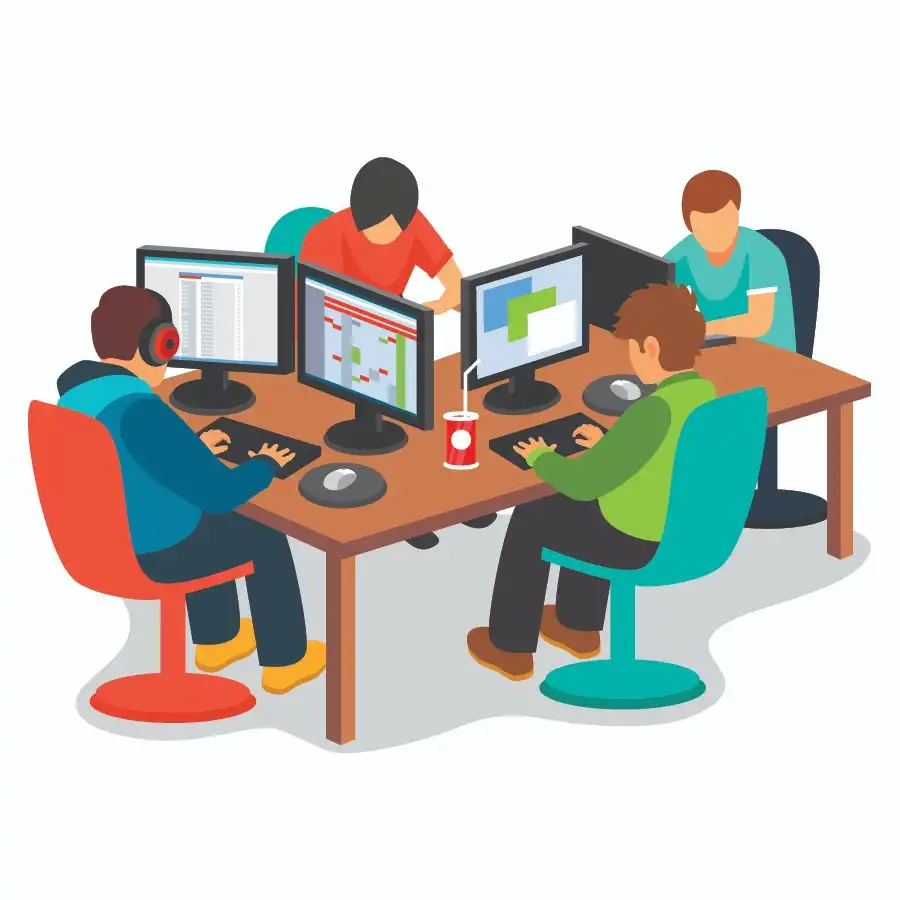
3. Use common code as much as possible
An important feature of multi-platform application development tools such as React Native and Flutter is the ability to use common code for all systems, which makes the development process easier and saves you time and effort. To achieve this, try to write flexible code as much as possible to work on more than one system efficiently, and avoid writing special codes for each system except in necessary cases. The goal is to make the application simple and effective without having to rewrite a large code. This helps you ensure the stability of the application on all systems, and reduces the technical problems that you may encounter in the future.
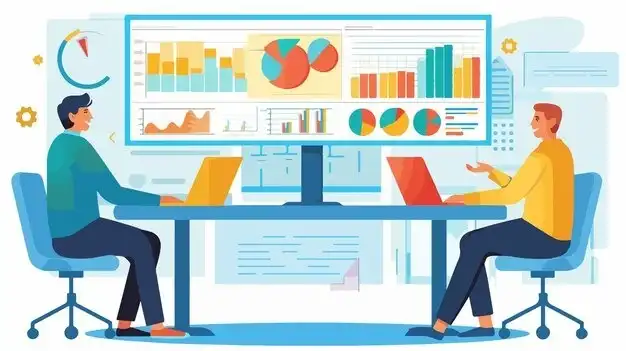
4. Test the app on different devices and systems
Applications that work on more than one platform need special attention in the testing process on all systems such as Android and iOS. Do not rely on one test, test the app on as many devices as possible with different types to make sure it works without problems. There are tools such as BrowserStack and Firebase Test Lab that help you test the app on real or virtual devices without having to buy many devices. The comprehensive testing process ensures the stability of the app and makes the user experience better. If you make sure the app is stable before launching, you will reduce the problems that users may face later.









